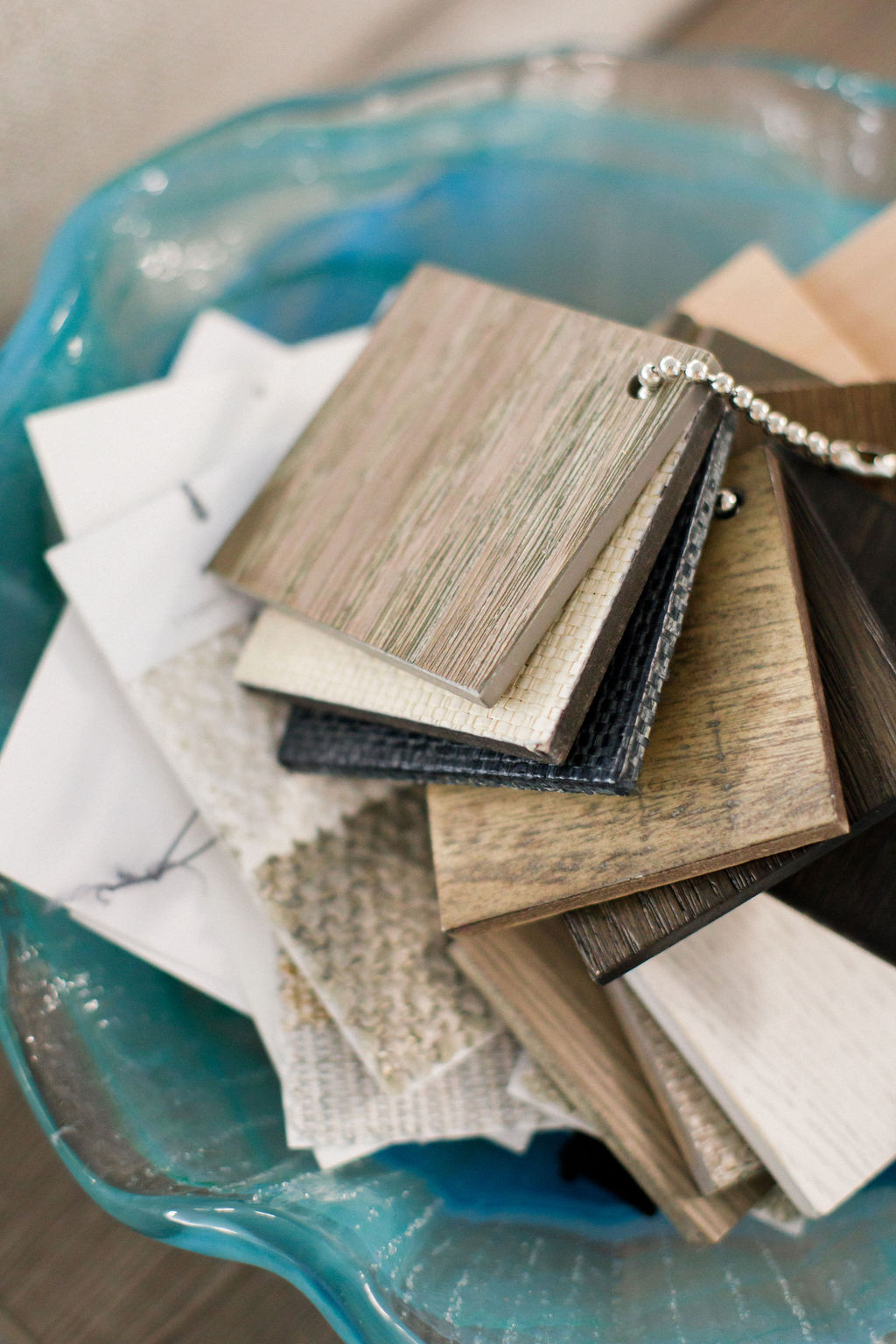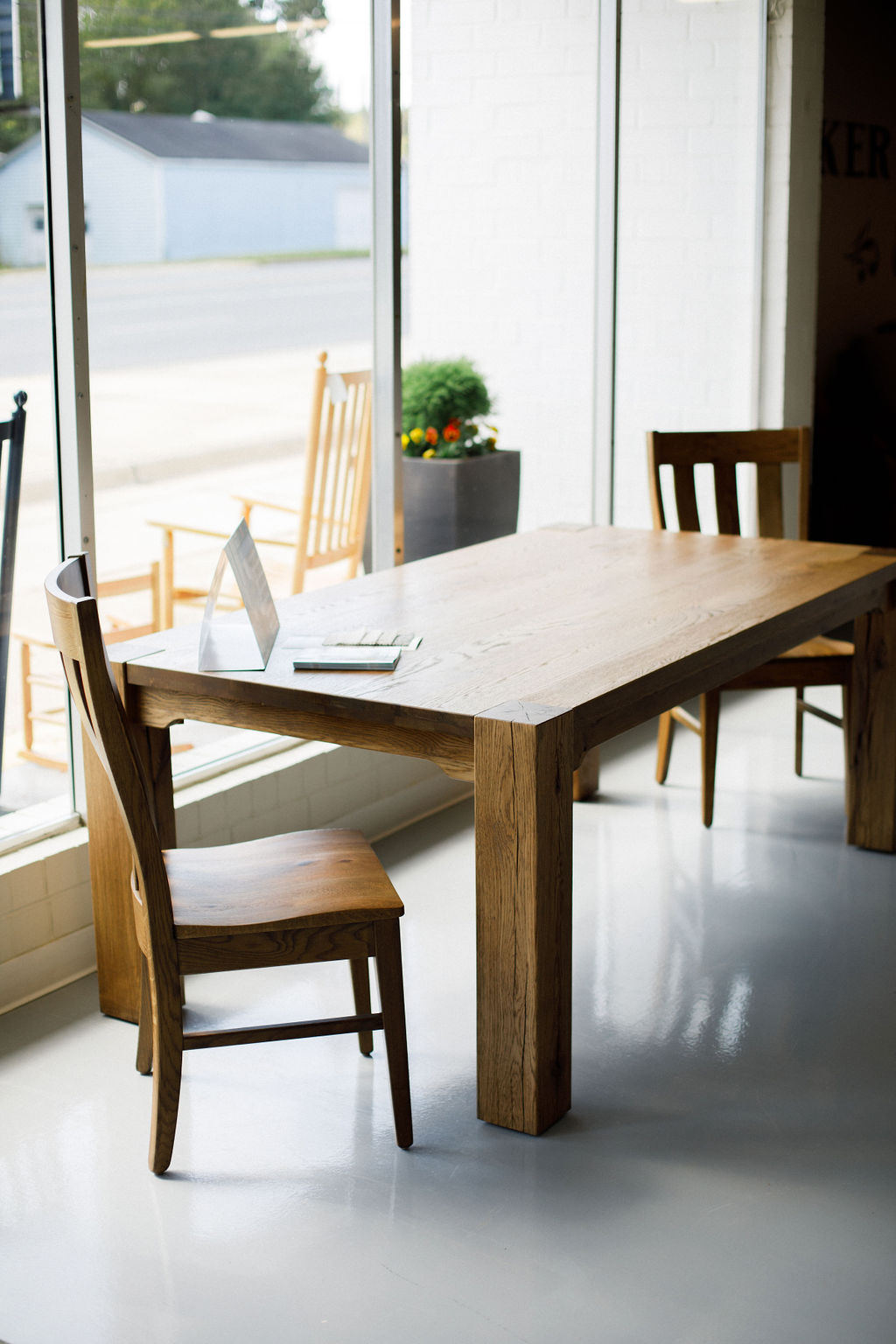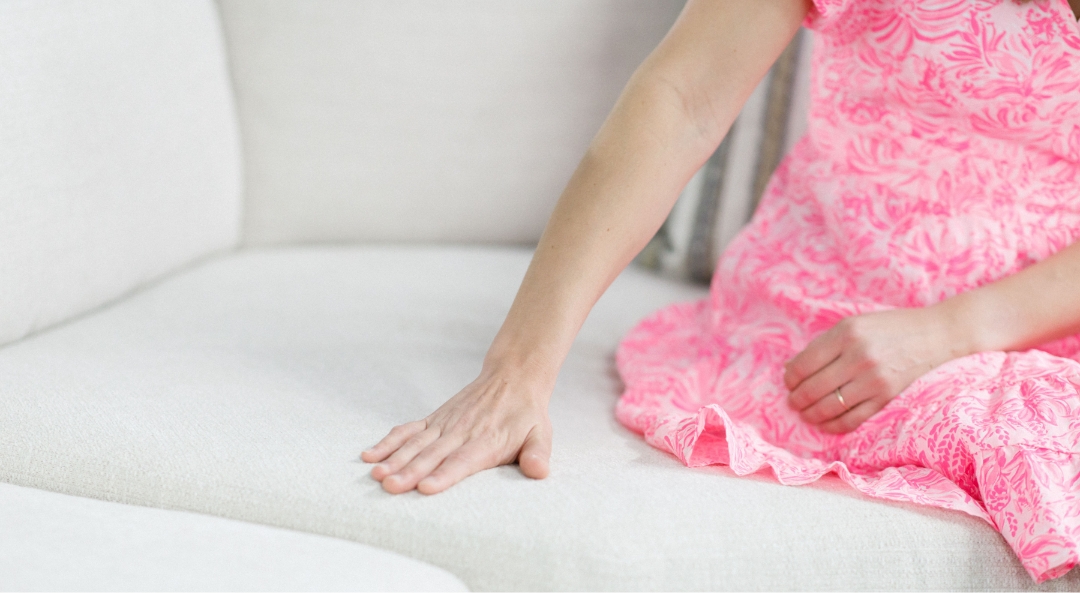Yes! Do it! Mixing and matching different types of woods adds depth and visual interest to your home! Take a look at our tips and don’t be afraid!
Consider Undertones:
Pay attention to the undertones in the different wood finishes. Whether they have warm, cool, or neutral undertones, try to ensure a sense of cohesion. For example, pairing warm-toned woods like cherry with other warm tones can create a harmonious look.
Maintain a Dominant Wood Tone:
Choose one dominant wood tone to serve as the anchor for your space. This dominant tone can be used in larger furniture pieces or key architectural elements. The other wood tones can then be used as accents.
Create Contrast:
Introduce contrast by pairing light woods with dark ones. This can prevent the space from feeling too monotonous and can create a dynamic, balanced look. For instance, a dark wood floor might look stunning with lighter wood furniture.
Use a Unifying Element:
Incorporate a unifying element, such as a rug, artwork, or upholstery, that includes a mix of wood tones. This can help tie the different woods together and create a cohesive look.
Break it Up with Neutrals:
Introduce neutral elements like white or beige to break up the wood tones. This can provide a visual respite and prevent the space from feeling overwhelmed by wood.
Experiment with Patterns and Textures:
Mix wood tones through patterns and textures. For example, a wooden dining table with a different finish from the chairs can work well if the overall style and undertones are complementary.
Balance with Non-Wood Materials:
Balance the wood elements with non-wood materials. Incorporating materials like metal, glass, or stone can add variety and prevent the space from feeling too heavy.
Remember that personal preference plays a significant role in design. Trust your instincts and create a mix that resonates with your style and taste. Don’t be afraid to experiment and make adjustments until you achieve a look that feels balanced and visually appealing to you.


